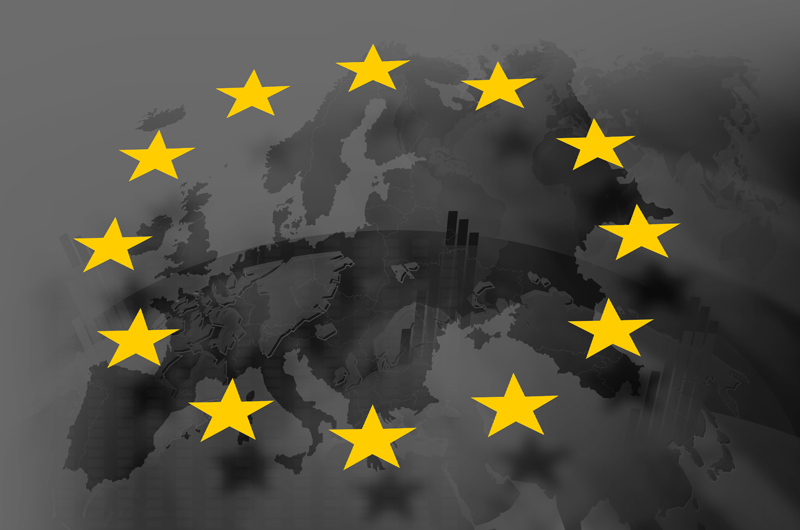Privacy compliance. Are you snoring already? Or is it a groan because it’s been on your plate for ages? Whether you’re in marketing, analytics, or data protection, any team member that works with or on a company’s website needs to prioritize privacy compliance.
What Even Is Privacy Compliance?
Website privacy compliance refers to the management and protection of personal data that is collected, used, and shared by companies from their websites in accordance with regional data privacy laws.
As a company, you should have technologies in place to:
- Notify visitors of your intentions regarding the data you collect
- Receive and manage visitors’ consent
- Get your website to behave according to their preferences
Why Should You Care?
Regional privacy laws like GDPR, LGPD, and CCPA have been enacted to protect consumer data. And the number of those laws are ever-increasing across states and countries. Gartner forecasted that by the end of 2023, 75% of the world’s population would have its personal data covered under modern privacy regulations.
Not complying with them means your business risks huge fines. Whether it’s Amazon’s record-breaking $823.9M fine in Luxembourg, WhatsApp’s $248.5M penalty in Ireland, or Sephora’s $1.2M enforcement by the CCPA, these rulings are no joke.
Perhaps even more importantly, you damage your customers’ trust in your brand and your reputation, which can affect your bottom line long term.
Website Privacy Compliance Basics
A 30,000 foot view of website privacy might look like this:
- Collect customer consent on your website before they enter with a Consent Management Platform (CMP) or other cookie banner technology.
- Have a full inventory of your tags and cookies, so you can categorize them correctly and write accurate privacy policies.
- Make sure you are being clear and transparent about your intentions with customer data in your privacy policies.
- Adhere to regional privacy laws where you do business or comply with the strictest one if you’re doing business in multiple regions.
- Give options for customers to know what data is being collected, to forget/delete their info, or to not share/sell it.
- Test customer journeys through your website in various opted-in states to confirm that preferences are being respected.
Are You in Marketing Ops, Analytics, or Demand Gen?
If you work in marketing, then you might feel pulled in opposite directions when it comes to privacy compliance. On the one hand, you’re trying to utilize cutting-edge technology to provide the most personalized, relevant customer experiences online. On the other hand, customers have an outsized expectation for privacy and customized preferences with regard to being tracked. So how do you balance these opposing inclinations?
Privacy compliance is an extremely dynamic space. Not only are laws increasing, but other technological forces like AI, the deprecation of third-party cookies, and whatever cohort or walled garden methodologies that will rise up to take the place of cookie-based tracking will affect all businesses.
In the meantime, the best we can do as marketing, data, and privacy professionals is to mitigate our liability and establish a culture of transparency. That way, as changes continue to shake up the landscape, our organizations will be ready and able to adapt. Marketers should continue to try to make customers happy by providing great experiences, which can be accomplished even better with first-party data, and by providing clear policies and easy ways to opt-out or be forgotten.
For more detailed explanations about how ObservePoint can help you figure all this out, you can follow our six-post series that starts with checking if your privacy policy is on every page.
If you want to get started on seeing how your site stacks up to these Privacy Compliance Basics in just a few minutes, try a free sample audit or free trial today. Or, reach out for a demo.





